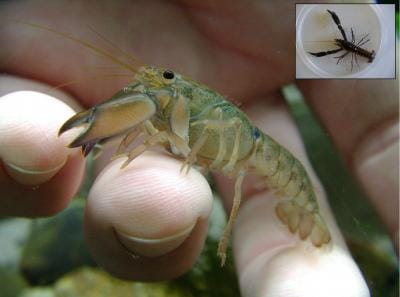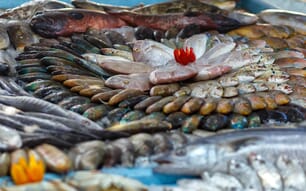Being a small crayfish species it has remained undescribed and undiscovered in one of the fastest developing regions of Australia. Only one other species of Gramastacus crayfish is known and it occurs some 900 km away in the Grampians region of Victoria.
This new species is found in lowland ephemeral habitats surrounding coastal lakes and lagoons from Wamberal Lagoon, north along the coastal strip to Wallis Lake. Being dependent on regular natural flooding and drying cycles, only lowland, swampy areas are suitable for this tiny crayfish.

Credit: Rob McCormack
Each crayfish digs a small rounded cross-section burrow up to one metre deep into the water table to survive the drying cycle. Some areas are riddled with these small burrows as they are a very prolific species and can occur in very high numbers in small habitat areas.
The newly described crayfish are found in one of Australia's most developed regions. Unfortunately, this means that much of their habitat has been lost in the past as these ephemeral areas are the first to be drained or reclaimed to make way for agriculture, industry, housing developments, golf courses, infrastructure, etc. Now, being found and officially described, this crayfish must be considered in any further developments and hopefully future habitat loss will be reduced.
The scattered populations of Gramastacus seem highly fragmented and many are increasingly threatened by a range of risks other than human development. Invasive crayfish, pest fish species like plague minnows and swordtails, rising sea levels and falling water tables all are increasing dangers. Luckily, the large number of National Parks and Reserves along the coastal strip provides safe refuges for some populations.
The study was published in the open access journal ZooKeys.


